
Since the introduction of plastic packaging, the debate has raged on: which is better for packaging, glass or plastic? Brands and consumers have weighed in over the years with healthy debate from both viewpoints. As a distributor of both glass and plastic container packaging, we wanted to outline the advantages and disadvantages to help you decide which material is right for your brand.
Throughout the last two decades, plastic has steadily become a more common packaging material, depending on the industry. Knowing what product the packaging is used for can help determine whether glass or plastic is the best material to move forward with. Throughout the retail landscape, you will still see both plastic and glass are used in a variety of household and consumer products, and industries.
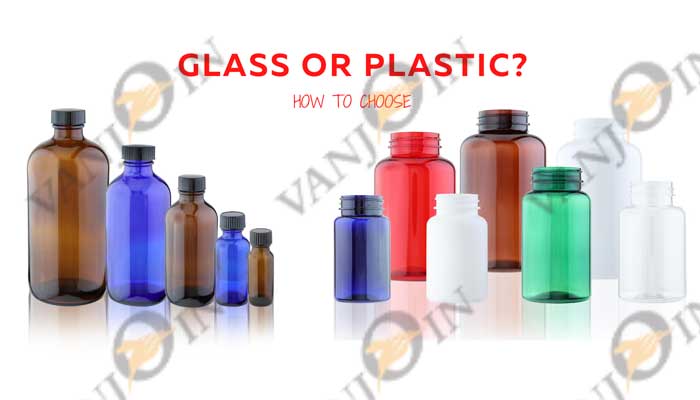
Benefits & disadvantages of plastic packaging
Plastic packaging comes in many shapes and sizes and is utilized across all industries. Plastic is most commonly used in food and household products.
It has helped improve and evolve products that we use in our everyday lives. There are 7 different ways to classify plastics. Each classification has benefits and disadvantages as a packaging option.
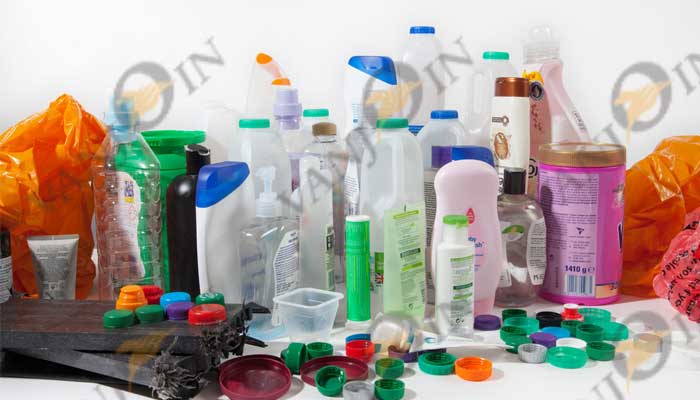
Some of the benefits of plastic packaging include:
Helps to protect and preserve goods
There is a reason you see it more than glass in the grocery store these days. Technology has come a long way and plastic containers do a great job of sealing in flavor and preserving it for a long period of time.
Reduced transportation weight
Glass is much heavier than plastic, which leads to higher transportation costs, including cushioning to keep those glass packed products safe. Because plastic is light, there are large cost savings when transporting truckloads of plastic packed products. In 2012 Planters switched from glass to plastic for their line of peanut products and reduced shipping weight by a whopping 84%!
Performance and energy-efficient
New plastics perform well in a variety of applications from high heat to freezing temperatures. Since plastic has a lower melting point, they are more energy-efficient and leave a smaller carbon footprint compared to glass manufacturing.
Cheaper than glass
Plastic is much cheaper than its glass counterpart. It is usually manufactured in large quantities to help keep the overall cost of the material low.
Highly durable
Most plastic containers are designed to absorb a small amount of trauma without breaking or cracking. Being durable also helps pack more product into tractor-trailers or shipping containers without fear of breakage.

Some of the disadvantages of plastic packaging include:
Poor longevity as plastic degrades over time
Plastic is affected over time by scratches, being dented or cracked. It can also be compromised by excessive light during its life cycle.
Absorbs flavors and smells easily
When used for food packaging, plastic can absorb color, flavors, and smells of the product. Think garlic, tomato sauce, or curry dishes!
Large environmental and health impact
Even with excellent recycling resources across the country, plastic is still one of the leading causes of pollution. Always make sure to recycle your plastic waste whenever possible to be as eco-friendly as possible. Plastic is also not biodegradable, so making the most of your plastic products before disposing can go a long way.
At higher risk for high levels of BPA
While the chances are low, there are still some plastics that may contain BPA. All plastic products that Vanjoin stocks are 100% BPA free and free of potentially harmful toxic chemicals.
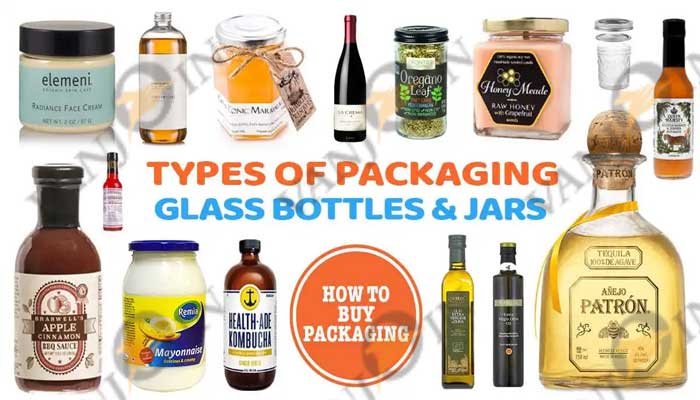
Benefits & disadvantages of glass packaging
Glass packaging has been around for over 100 years and is still a staple on grocery store shelves. Pickles and olives come to mind as products that will always use glass jars for their containers. The beer, wine, and spirit markets also use glass bottles for the majority of their products.
Just like plastic, using glass packaging should be determined by the product that will be held within (for example, the acidity of pickle juice wouldn’t do well in plastic). Glass is not only a standard in the food industry, but also in some non-food industries as well. The cosmetics and pharmaceutical industries use glass to protect sensitive creams and expensive drugs that need to be protected from outside elements. The spirits industry uses glass to evoke a premium experience.
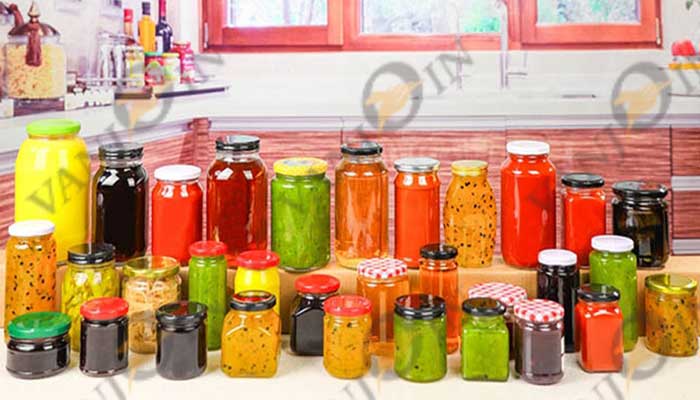
Some of the benefits of glass packaging include:
Glass is nonporous and impermeable
Because of this, it does not absorb flavors or smells. There are no interactions with glass packaging and the final product. This makes it perfect for sensitive products.
Has an almost zero rate of chemical interactions
This helps to ensure that the final product inside the glass container keeps its efficacy, taste, aroma, and flavor longer.
Made from natural materials
Glass is manufactured using superheated sand, soda ash, and limestone taken from the earth.
FDA has designated it as fully safe
With no ability to leach chemicals when exposed to hot or cold temperatures, glass is 100% FDA approved for a variety of applications.
Glass is 100% recyclable
Glass is easier to recycle than plastic. Almost every piece of glass you encounter has a portion of recycled material in it, making it an environmentally friendly option.
Can be recycled infinitely
Glass can always be crushed down and reused in new glass products. Most glass manufacturing companies have a minimum of recyclable material to help make a positive environmental impact and keep costs down.
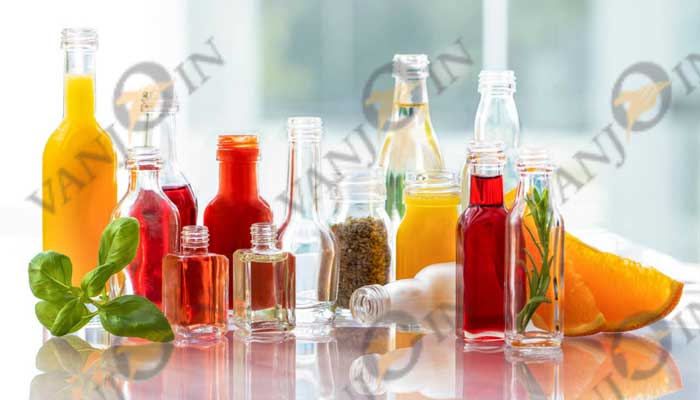
Some of the disadvantages of glass packaging include:
Transportation costs are higher than plastic
Glass is much heavier than plastic. That can lead to higher transportation costs from the manufacturer and along the supply chain, while also adding cost when moving the final product to its final destination.
Glass manufacturing is high energy-consuming
This is due to the high temperature required for processing and manufacturing.
Not highly impact resistant
While you might be able to get away with dropping a plastic bottle without it breaking, that is rarely the case when it comes to glass products.
Rigid yet brittle
Glass can break without significant strain. When broken it can be extremely dangerous because of sharp shards.
So is glass better than plastic? Who’s the winner in glass vs plastic for bottles and other types of containers?
Well, the main takeaways are that there are serious advantages and disadvantages to both glass and plastic packaging. It really comes down to the final product and your brand story.
Vanjoin offers a selection of both glass and plastic packaging products. We stock options that can be outfitted with many types of caps and closures, including child resistant or tamper evident closures. If you are having trouble deciding which packaging solution is best for you, please contact us and we will guide you in your packaging journey. Our knowledgeable team is always happy to assist and can run through the pros and cons of both types of packaging with you to make sure that you find the perfect bottle or jar for your brand’s needs.